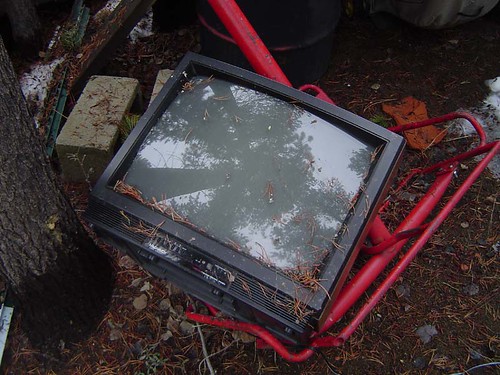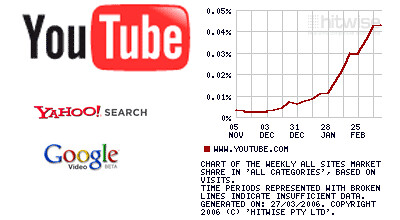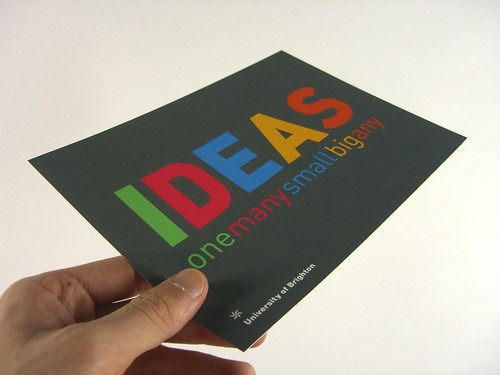
Whew! This week was the wildest ride ever. The users just kept coming and we just kept working. How do we build our customer base? One blogger at a time. By that, I mean we actually go to each member site and check if the widget works on IE, Firefox and if necessary Opera and Safari. It takes a lot of time especially if there's some issue with the site. More often than not, it's not our widget but something else but we take the time of figure it out and reach out to that blogger. Why? it's important that we add value to each blogger. That's what we're all about. Hence, we spend a lot of time personally answering emails, check style sheets, revising our statistics every couple weeks, adding features like our promote bar when you click on a story in the widget. Makes for very long but nevertheless satisfying days (and sometimes nights!) I've always believed that to build a business you need to build a community and an understood value to that community. Once that is established the rest have a habit of taking care of themselves. Just opening TheGoodBlogs to a wider audience has helped us learn a number of things. I'll share more of that in the days to come.
Back to my blog title, why 1+1=200. It kinda goes hand-in-hand with Ian Delaney's wonderful post today on
rules of engagement. (No pun intended). One of our members liked a story from another member, posted it on Stumble Upon and it resulted in over 170 clicks to that story. This isn't like winning a lottery and we've seen this happen before. Another aspirational example was one of our members was voted onto the Netscape homepage, she received many thousands of clicks over the following 3 days.
What did I learn from this? Every click counts, because you never know who is the one visitor who will enjoy a particular story and carry it to his/her own community. Back to my rhetoric that the blogosphere is an archipelago of blogs each blogger, being a proverbial island but is connected to the rest through the dynamic travels of the readers (tourists?). Sadly (for us at TGB), because we may never catch the second level of indirection (e.g. circulating a link to post within another community), many of readers that could sourced to a click through the TGB widget may never be attributed to us. It does explain, anecdoctally, why some members are reporting increases in their feedburner subscriptions but they couldn't explain why since they were not doing anything fundamental different in their blogging behavior.
But Ian's point is profound. It's not about the number of visitors to your site. With proper SEO and a promiscuous personality, you can over time achieve that. If that's what floats your boat, get a MySpace account and hop on a MySpace train, you're guaranteed to have many fairweather friends. Rather for me, it is about engagement, making sure that those who do arrive at your blog find it consistent and relevant to their interests. If you can touch just one heart or provoke just one thought a day through your blog, the accumulation of your contributions over time will be significant. After all, is that not what communities are about?



















